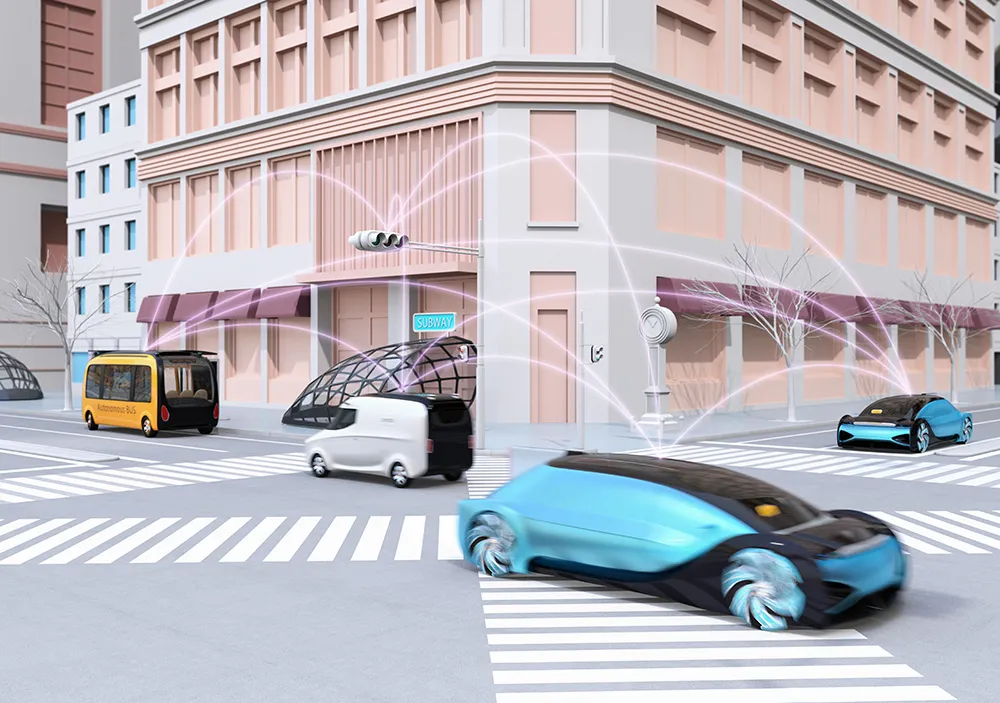
Public Transport is an important component in managing today’s mobility challenges in an environmentally friendly way and
Here in Bordeaux visitors to the Swarco stand can see an evolution of the company’s established RoadRunner system which combines all the functions needed to support the implementation of Real Time Passenger Information (RTPI), vehicle localisation and Public Transport Management (PTM) applications. It includes one of the most advanced navigation systems and features a user-friendly graphical interface to assist the bus driver.
The new RoadRunner evolution is based on the concept of integrating a portable device (tablet computer) with the onboard system of the vehicle. This new innovation is modular and expandable, starting from a “light” configuration, based only on the personal device, up to the complete connection of all the onboard equipment of the vehicle such as stop announcements, line indicators, passenger counting, and vehicle diagnostics.
Swarco has also announced one of the latest public transport projects won by the company is a fleet management and ticketing solution for Astana, the capital of Kazakhstan, that will host the Expo 2017.










